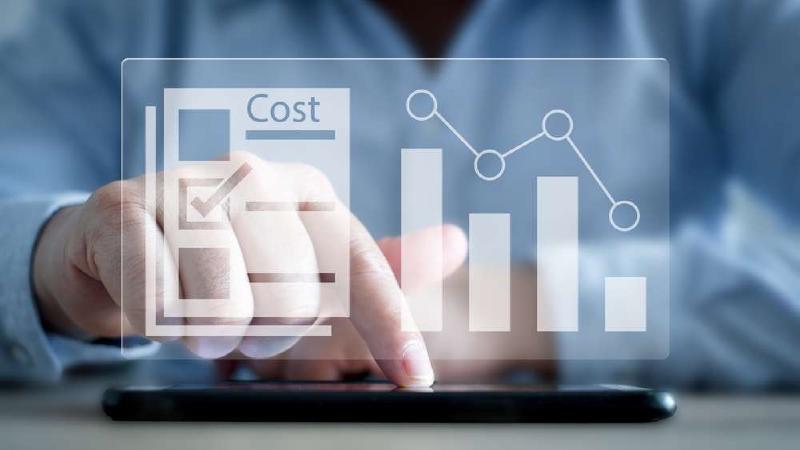How to Achieve an Accurate Year-End Close for Leases

year end lease accounting closing
Creating an efficient and accurate year-end close process for lease accounting is essential for businesses to ensure compliance with financial reporting standards and maintain operational efficiency. Here’s a guide that outlines the steps and tasks involved in this process and also highlights how iLeasePro, a comprehensive lease management and accounting software, can assist in streamlining these tasks.
Step 1: Review All Lease Agreements
– Collect and review all active lease agreements.
– Confirm lease terms, payment schedules, and end dates.
Step 2: Update Lease Modifications
– Document any modifications or amendments made to leases during the year.
– Ensure all changes are reflected in the accounting records.
Step 3: Reassess Lease Classifications
– Reevaluate the classification of leases (operating or finance) based on current standards.
– Adjust the accounting treatment if there have been significant changes in lease terms.
Step 4: Perform Lease Reconciliations
– Reconcile lease expenses and payments for each lease.
– Identify any discrepancies and investigate the causes.
Step 5: Prepare Lease-Related Financial Reports
– Generate financial reports that include lease liabilities, right-of-use assets, and lease expenses.
– Ensure reports comply with accounting standards like ASC 842.
Step 6: Plan for Future Lease Obligations
– Analyze upcoming lease renewals and expirations.
– Plan for future lease obligations and budgeting.
Step 7: Review and Audit
– Conduct an internal review of all lease accounting processes and records.
– Prepare for any external audits.
How iLeasePro Helps You During the Year End Closing Process:
- iLeasePro centralizes all lease data, making it easy to access and review each lease agreement. This ensures that no lease is overlooked during the year-end process.
- With iLeasePro, any modifications to lease terms are tracked and automatically updated in the system. This feature ensures that all lease data is current and accurate for year-end reporting.
- iLeasePro’s built-in tools assist in reassessing and classifying leases according to the latest accounting standards, reducing the risk of misclassification.
- iLeasePro offers robust reconciliation features, allowing for easy comparison of expected and actual lease expenses, streamlining the reconciliation process.
- iLeasePro automatically generates ASC 842 compliant financial reports, saving time and reducing the likelihood of errors in manual reporting.
- iLeasePro’s forecasting tools provide insights into future lease obligations, aiding in strategic planning and budgeting.
- iLeasePro maintains a detailed audit trail for each lease, facilitating easy review and audit processes.
The year-end close process for lease accounting can be complex and time-consuming. However, with the right tools like iLeasePro, businesses can streamline this process, ensuring accuracy and compliance with financial reporting standards. By leveraging iLeasePro’s comprehensive features, lease accounting professionals can efficiently manage their lease portfolio, stay compliant, and make informed decisions for the future.



